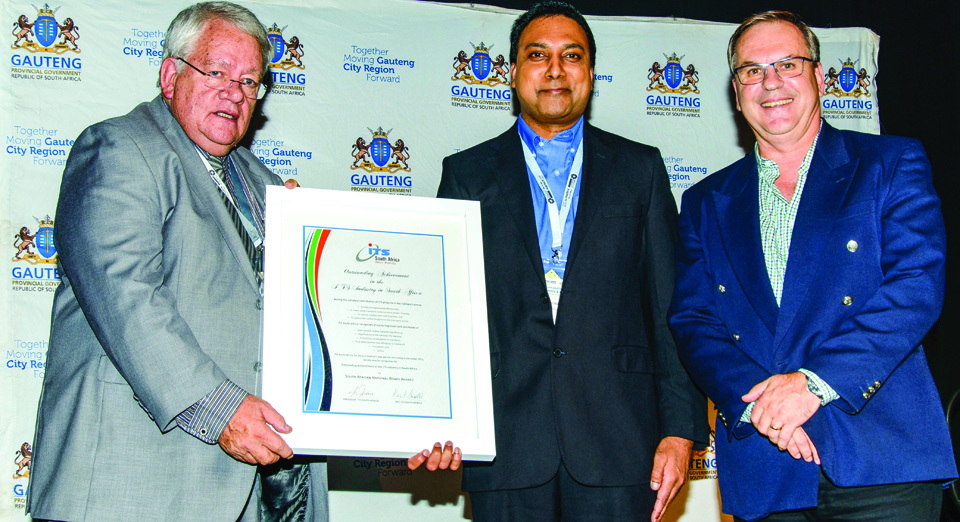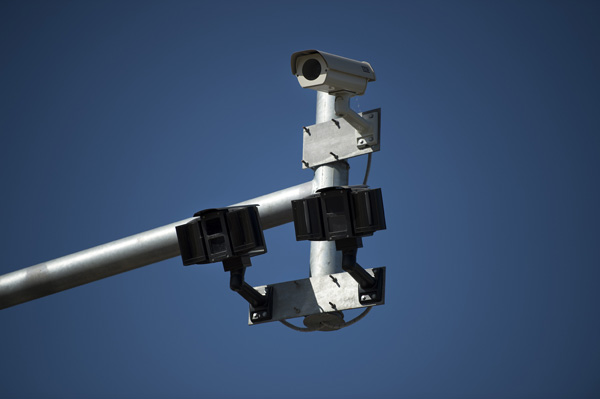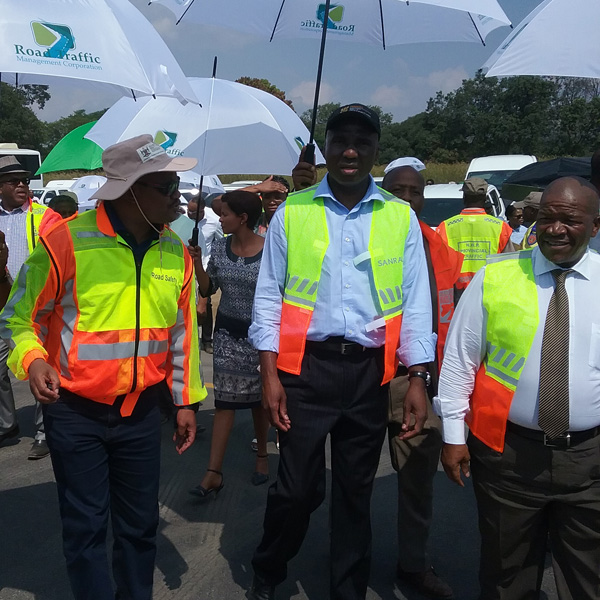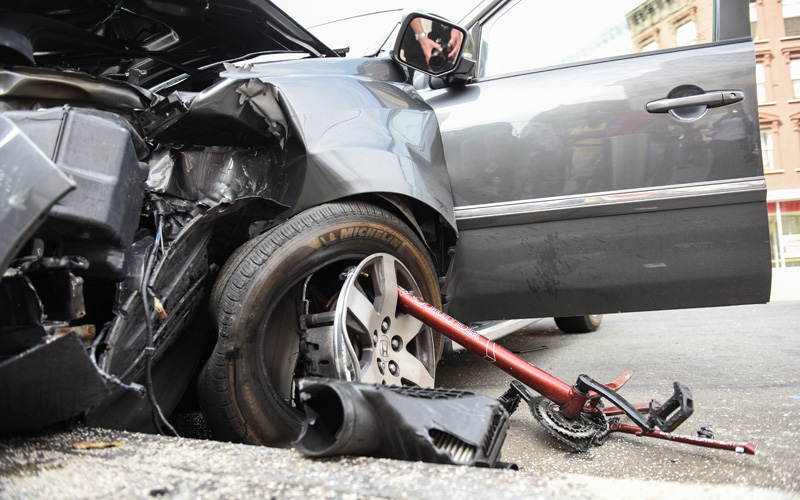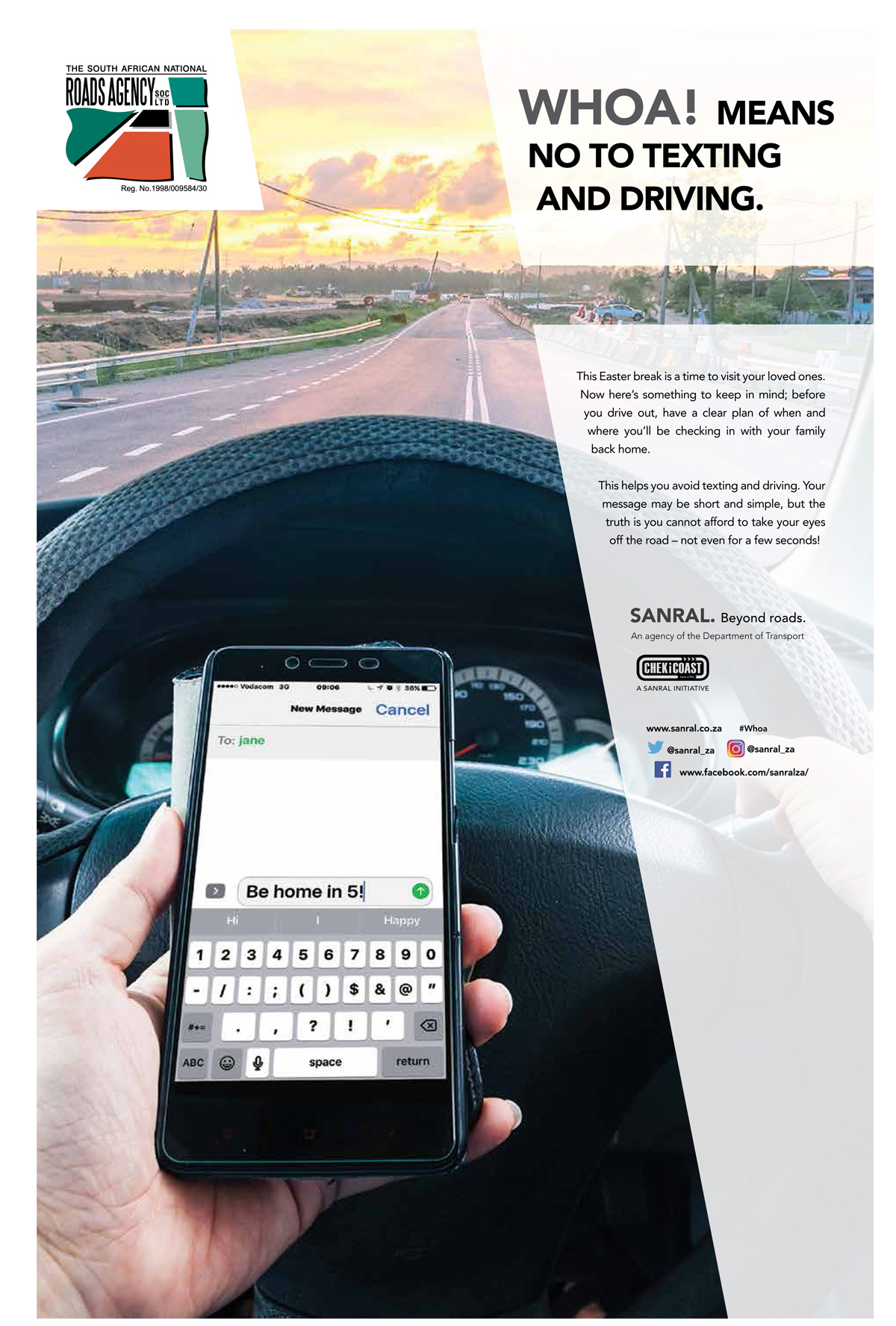Investing in Road Safety
April-May
Edition
Table of Contents
- A SAFER WALK TO SCHOOL 03
- OUR AWARD-WINNING FREEWAY MANAGEMENT SYSTEM 05
- WHOA! USE YOUR HEAD SO YOU DON’T LOSE IT 07
- EDUCATION IS KEY 08
- ALL HANDS ON DECK 09
- WHAT YOU SAID 10
- SPOTTING POTHOLES 13
- ROAD SAFETY STATISTICS 14
- ROOM TO MANOEUVRE, MAKING IT SAFE FOR PEDESTRIANS 15
- HOW N2 IMPROVEMENTS WILL AFFECT YOU 16
- MOLOTO ROUNDABOUTS 17
- MAXIMISING RIMS IN NORTHEN CAPE 18
- WHOA 19
- CAR SEATS SAVE LIVES 20
- N3TC WATCHES OVER A BUSY ROUTE 21
- TRAC'S GOT YOUR BACK 22
A SAFER WALK TO SCHOOL
Pedestrians are the most vulnerable road users in South Africa and special efforts are being made to reduce the number of incidents involving people who walk next to the national roads. Some 12.4 million pedestrians under the age of 24 walk to school every day and are especially at risk, unless steps are taken to curb the high rate of vehicle crashes involving pedestrians.
Randall Cable, SANRAL’s Engineering Manager in the agency’s Western Cape Region, says the high number of pedestrian fatalities (approximately 40% of all road deaths in South Africa) are being addressed through a combination of activities by the agency:
- Safer roads and the provision of infrastructure such as pedestrian bridges and sidewalks
- Greater awareness among other road users about the possible presence of pedestrians on or close to roads
- Education programmes in schools to make children mindful about road safety at an early age
About a third of all schools in the country are located within 5km on either side of the 22 203km of national road network managed by SANRAL. The agency’s aim is to educate the 6.3 million affected learners with appropriate educational learning opportunities. This scientifically developed material will create the awareness required to influence attitudes that will result in safer road-user behaviour.
The roads agency is working closely with education authorities and the primary objective is to “train the trainers” – getting the information to teachers and mobilising their support to mpart the correct messages to their learners. Children require different skills and information depending on their age and experience. SANRAL has developed comprehensive educational materials that are appropriate for the different teaching stages.
The material is incorporated into regular subjects at school – whether it is life skills or maths – and the educators have access to flip cards, posters and other teaching aids. SANRAL’s initiative has already reached 1 940 schools and more than 14 000 teachers have received training and learning materials. The programme will continue to expand to benefit an increasing number of learners living in close proximity to the major highways.
The behavioural research is informing the content development based on the latest available research. “Our primary goal is that this awareness must lead to changed behaviour and our future efforts will increasingly be geared toward achieving this goal,” said Cable. SANRAL’s programme fits into the Safe Systems approach advocated by the United Nations and South Africa is making a great contribution to the UN’s global Decade of Action on Road Safety, by sharing its research and experience in the field of education.
For more on SANRAL’s Road Safety education initiatives click here
SAFE SYSTEMS SAVES LIVES
At SANRAL, we are passionate about road safety. Every day millions of road users across South Africa travel on the road network that we manage. They commute in private cars, and public transport, such as taxis and buses. They share the roads, but they also share an expectation to complete their journeys in safety without becoming another statistic in the unacceptably high rate of crashes that occur on our roads each year. Across the world countries are moving toward the Safe Systems approach to achieve the vision of zero road fatalities or serious injuries. A key element of this approach is the recognition that humans make mistakes and that the transport system – ncludingthe road network – must recognise this and create forgiving environments.
This mission inspires our passion for road safety. We want to design roads that can cope with modern demands and a growing vehicle population on the country’s highways. We want to manage and maintain these roads according to the highest possible standards. And we want to educate communities and contribute to global research on how attitudes about safety can be changed and contribute to positive behaviour. Beyond roads, SANRAL is committed to the safety of our road users. -
Skhumbuzo Macozoma is SANRAL’s CEO
A NEW NATIONAL STRATEGY
One of the most pressing issues facing South Africa today is road safety. The latest statistics show that about 23 people per 100 000 have lost their lives on the country’s roads in recent years. This has important consequences for our society. Not only does it result in an increased burden on social security and welfare systems, contribute to a loss of skills and add more costs to the economy, the greatest impact is on families, who have to cope with the loss of their loved ones – including breadwinners and children.
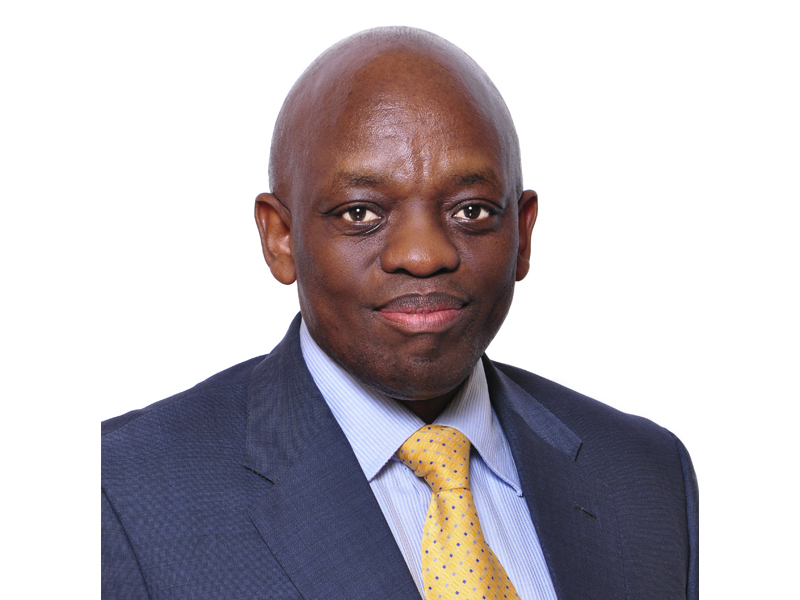
Road safety is a shared responsibility and under the leadership of the Minister of Transport, government departments and agencies, the private sector, the academic community and civil society have come up with a comprehensive National Road Safety Strategy to counter this threat to South Africans. This strategy will be translated into action and implemented with vigour and commitment. SANRAL, as the custodian of the national road network, has made a significant contribution to the drafting of this new strategy and will play an important role in its implementation – especially with regard to safer roads and educational programmesdesigned to change the behaviour of road users. -
Chris Hlabisa is a member of the SANRAL Board
HOW N2 IMPROVEMENTS WILL AFFECT YOU
SANRAL continues to improve the safety of all road users with its projects along the N2 between Dutywa and Mthatha. One such improvement project stretches from the village of Tetyana to Sitebe Komkulu. It will take approximately 30 months to complete. It includes the construction of a pedestrian bridge and four agricultural underpasses, which would provide safer passage for both pedestrians and cattle, the upgrading of numerous intersections and the construction of access roads from villages to formal settlements. Nearly half of the deaths that occur on South African roads involve pedestrians and years of road-infrastructure disinvestment, along with the introduction of more road users, has made the former Transkei a region with a very high number of crash incidents. According to a statement by ( Former) Transport Minister Dipuo Peters on the preliminary festive season report for December 2015 and January 2016, fatalities in the Eastern Cape increased by roughly 22%, from 227 to 278.
Controlled rock-cutting explosions will widen the road, smooth out the curves and improve sight distance – all major contributors to road safety. Controlled blasting takes place on Tuesdays and Thursdays, between Dutywa and Mthatha in the Ntentu cuttings. The road will be closed for a maximum period of two hours during blasting. Motorists travelling east, towards Mthatha, may consider either exiting the N2 at Ndabakazi on to the R408 towards Ngqamakwe/Tsomo, or via the R409 at Dutywa towards Ngcobo, as alternatives. Both routes link to the R61 and then rejoin the N2 in Mthatha. Motorists travelling west, towards East London, may consider using the R61 when leaving Mthatha and then linking back to the N2 via either the R408 after Ngcobo or the R409 towards Tsomo. The alternative route is 60km longer and may add approximately 40 minutes to your trip between East London and Mthatha.
